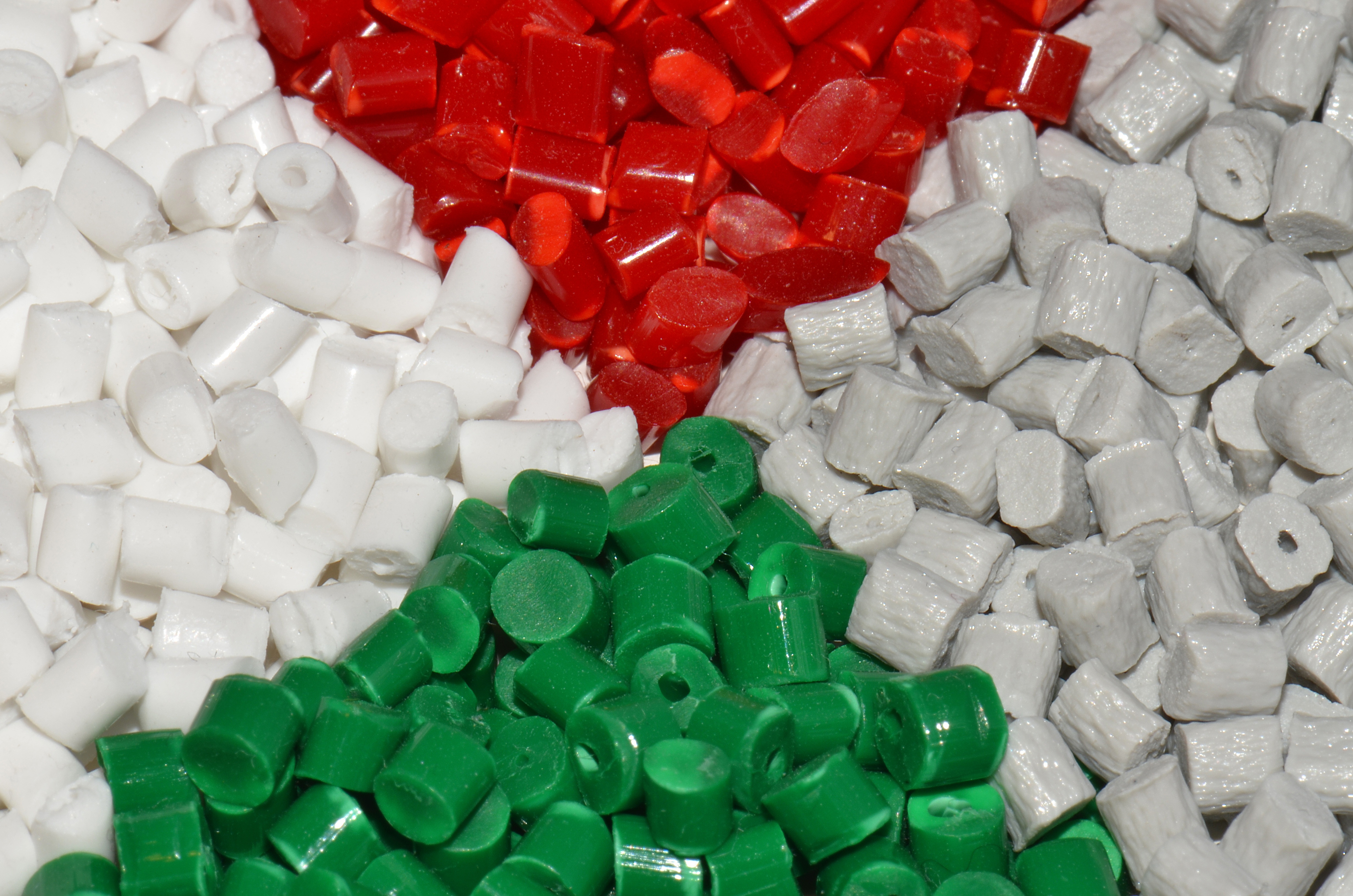The Italian polymer processing machinery industry is set to experience a 9% year-on-year decline in 2024, according to recent data released by the trade association Amaplast. Sales in 2024 are expected to reach approximately €4.35 billion, a decrease from the record €4.80 billion reported in 2023.
This decline is largely attributed to a drop in export value, which fell by 9.4% from €3.59 billion in 2023 to €3.25 billion in 2024. Imports also saw a significant decrease of 15%, reflecting weaker domestic demand in Italy. Amaplast highlighted that these trends were partly a result of the post-pandemic recovery phase from 2021 to 2023, during which tax incentives boosted activity. Additionally, Italy’s new sustainability measures, known as ‘transition 5.0,’ have led to a temporary halt in investment from local processors.
The situation has been worsened by reduced demand in the automotive industry, particularly in Germany, and by global economic and geopolitical instability, which has caused delays in investment across Italy’s rubber and plastics processing sectors.
Exports to European markets, still the largest destination for Italian machinery, have declined by 5% year-on-year, with key markets such as Spain and Poland seeing the sharpest decreases. Sales to Germany, however, remained stable. In the Commonwealth of Independent States (CIS), a dramatic drop in sales to Russia has significantly impacted overall performance, with European sanctions contributing to this downturn. Meanwhile, Chinese competitors have been gaining market share in the region.
On a more positive note, Italian machinery exports to non-EU markets showed growth, especially in countries like Turkey and the UK. The Americas region saw mixed results, with strong performance in Mexico but slower sales in the U.S. In South America, Brazil's demand remained robust, but sales to traditional markets such as Argentina, Peru, and Chile dropped.
In Asia, the Far East has seen particularly strong growth, with sales to China, India, Thailand, and Indonesia accelerating. The Middle East displayed mixed results, as sales in the UAE and Israel rose, while demand weakened in Saudi Arabia. Africa, especially sub-Saharan Africa, showed promising signs, with notable growth in countries like South Africa, Cameroon, Angola, and Tanzania.
As the industry looks ahead to 2025, Amaplast’s president, Massimo Margaglione, acknowledged that the outlook remains uncertain. The ongoing changes in global markets and shifting demand make it difficult to forecast with accuracy. However, he suggested that a modest recovery is expected, with a potential return to positive growth in key metrics, possibly rising by one to two percentage points.


























